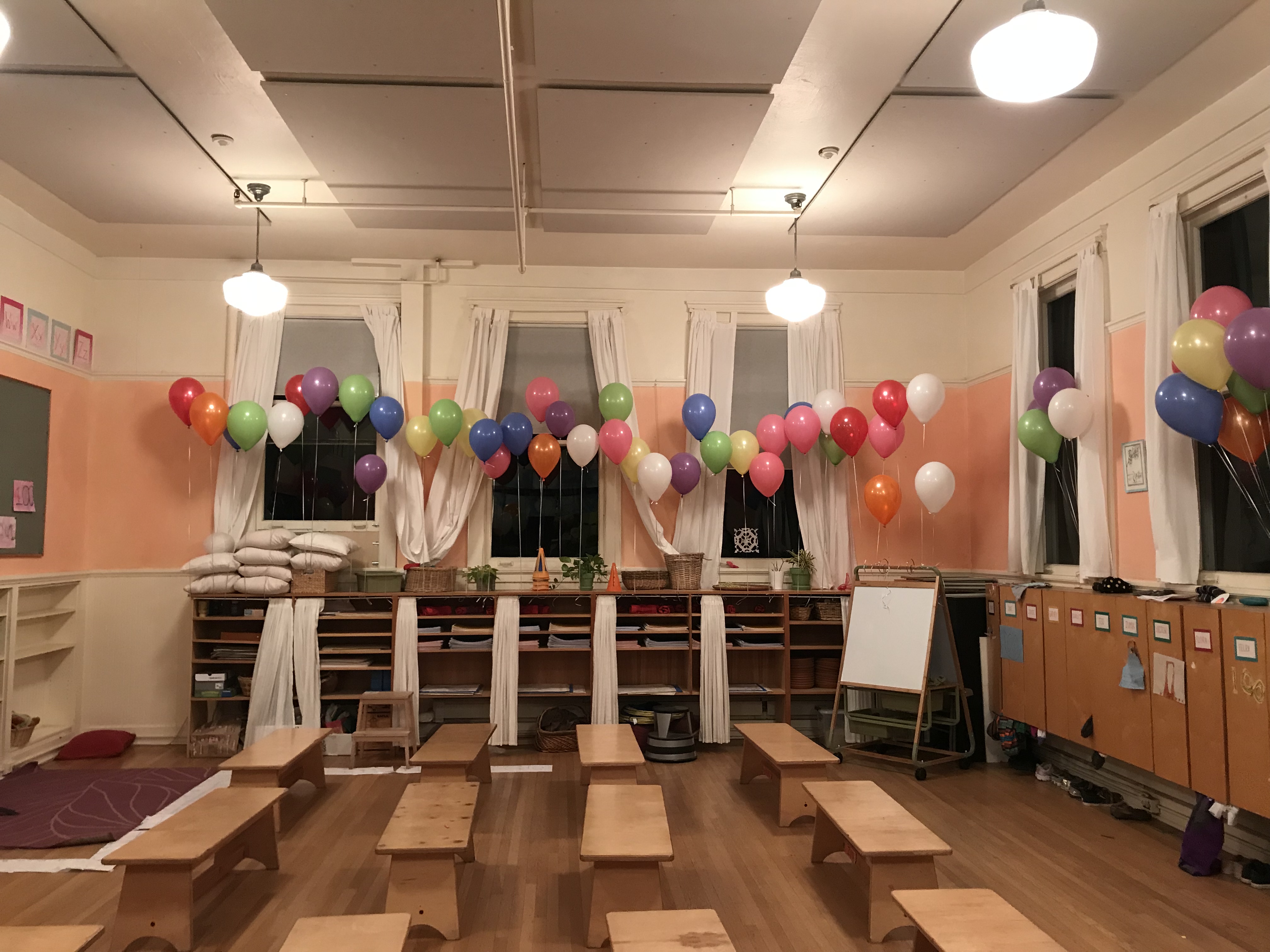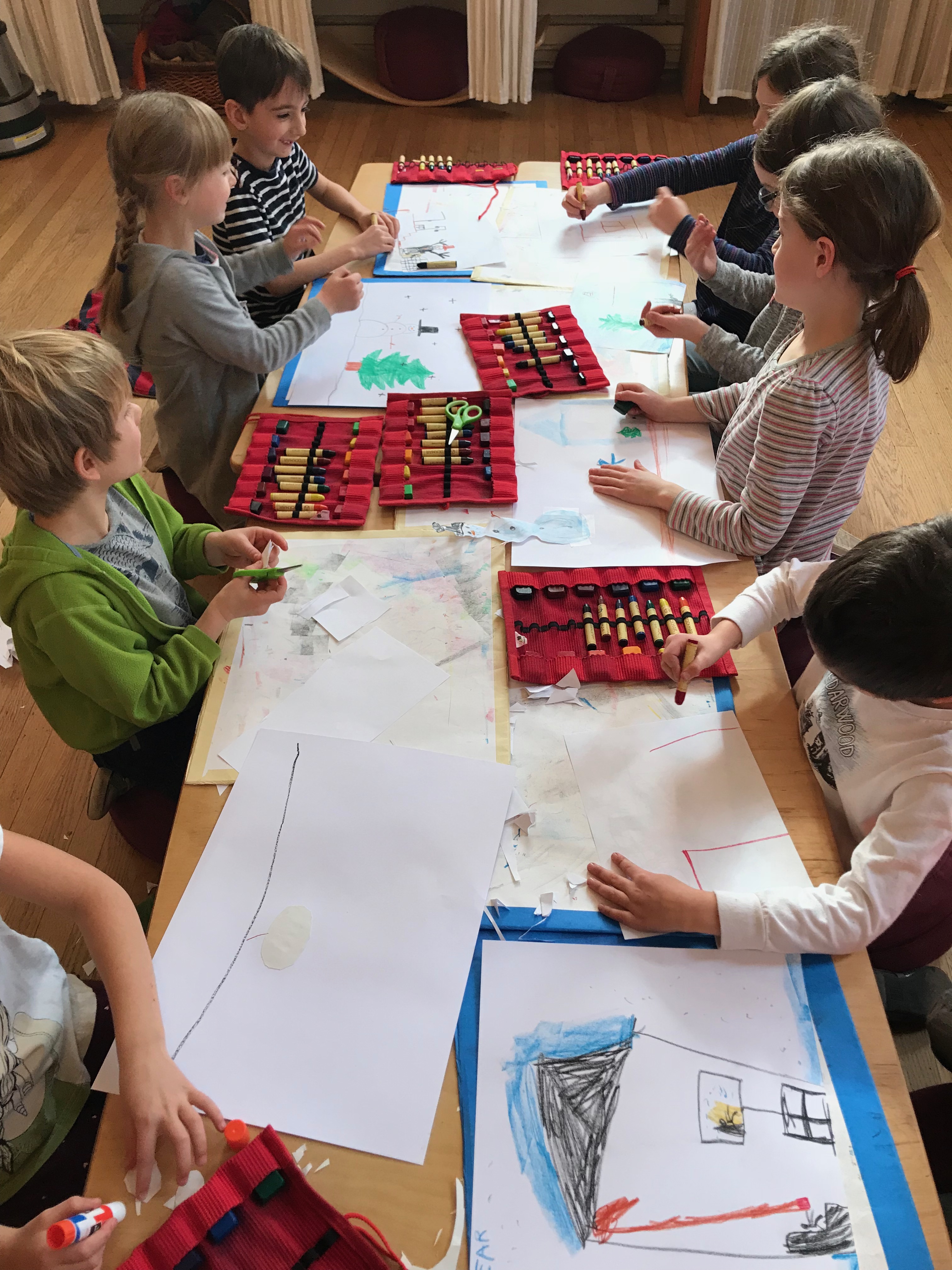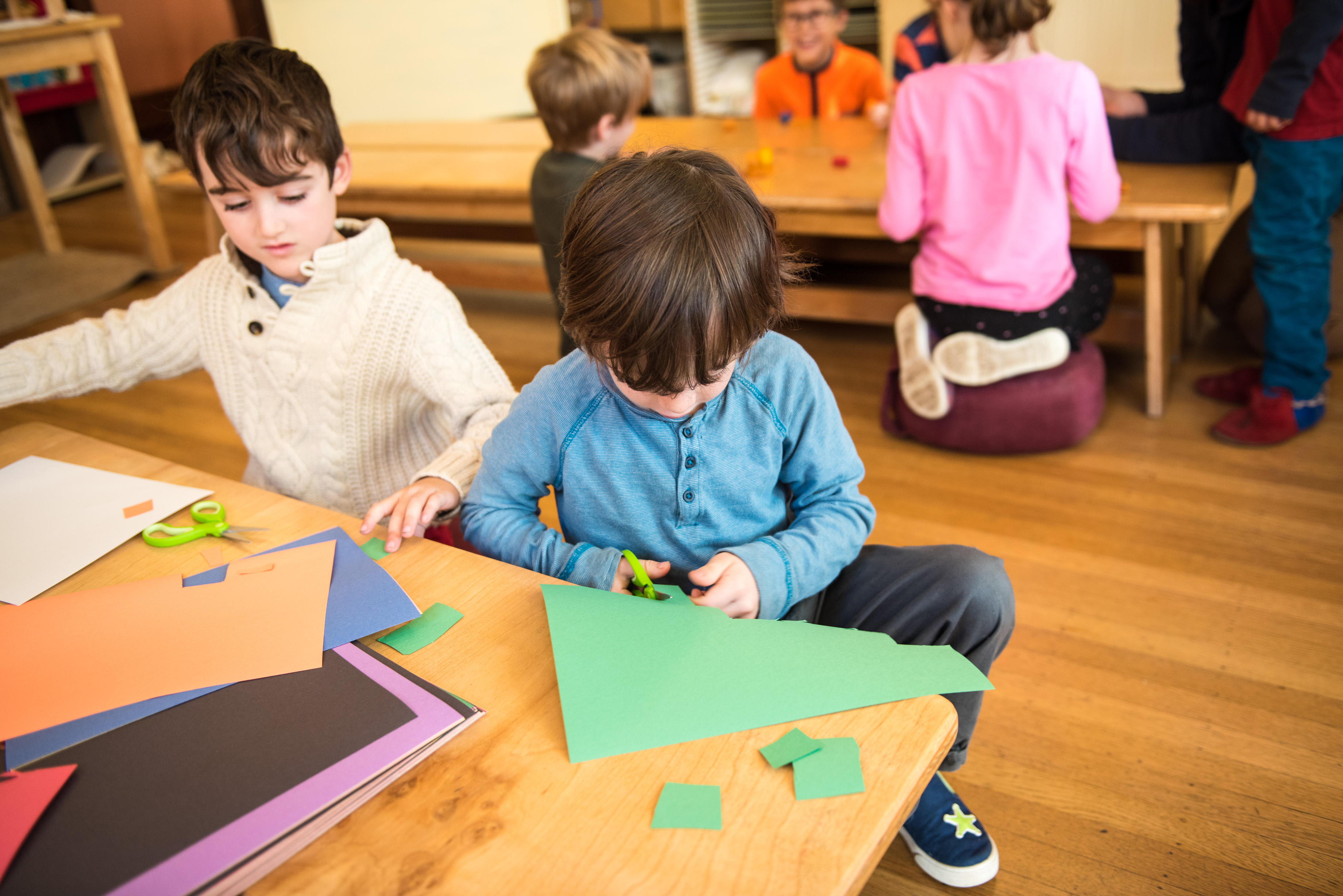I intend to write a more thorough summary of my experiences of the movable classroom — with photos of benches, cushions, and a more how-to approach, but because this is one of the most common questions I get from my readers, I thought I’d start with a podcast episode.
I’ve included some photos and links below, but hopefully I’ll have something more thorough to share eventually.
Ways to Support
Patreon — Join others and donate simply because you support the work that is going on here. I appreciate it.
Sponsorship — Do you have a Waldorf business? Get in touch and we can talk about sponsorship opportunities — on either the blog, podcast or on my email list.
Spring Update
This time of year is all about beginnings and endings!
Endings — The year is wrapping up and I’m enjoying reflecting on the work we’ve done. If you’re doing that too, and thinking a lot about the end-of-year reports that you’ll need to write — take a look at my 30 Days Till Summer Report Writing Challenge eBook. It’ll give you the little extra boost of motivation you need to get those reports written! And I’m offering it at a 20% discount right now — just a little over $10.
Beginnings — Summer planning! There’s nothing I love more than a new beginning and I just LOVE my summer planning time. (I’m a bit of a nerd that way.) I’ve thought A LOT about the best way to go about planning and I’ve put together a course that is all about Waldorf planning. You can check it out here if you want more info.
Also, if you’re interested in becoming part of a little mastermind/summer planning support group, send me an email. I’m thinking about how we can support and keep each other accountable with weekly check-ins. I’m super-excited about putting something together, and I’d love to hear it if you are too. Click here to email me.
Movable Classroom Takeaways
Take a listen to the podcast to get a more elaborate description of these things, but for now I’m just copying and pasting my rough notes here. Reach out if you have questions.
Description of the movable classroom set up in my room.
- Primary benefit – flexibility. We could move our benches and have a clear open area in less than a minute. Also pushing benches together and working in stations. This lets students chat with each other while they work, which is a skill I want them to learn.
- Next – Opportunities for movement – I definitely didn’t make use of all of the possibilities – if you do a search you’ll find suggestions for stacking benches 3 high, piling up the cushions – lots of different things. I played it safe, but still found so many different ways my students could move with their benches. Every day my students stand on, jump off, sit on and write on their benches.
- Core strength – most common posture my students use with them benches is sitting on it. Because the bench doesn’t have a back, they must hold themselves up. When we’ve had parent meetings, the parents get tired of sitting on the benches after a little while, but my students are strong and sit up straight.
- Think through the different ways your students will interact with their benches and set a framework. The first few weeks of school are about teaching your students the correct postures. Process for handing out cushions, etc.
- Don’t worry about the W sit. I did lots of research and found just as much evidence that it isn’t something that needs to be worried about. Also, cushions that are high enough – some teachers use little benches – they won’t collapse into the W sit anyway.
- Drawback #1 – Writing. There is no doubt that for writing tasks, a proper desk and chair would be better. But, writing tasks took up about 15-30 minutes of our day, not too worried about it.
- Drawback #2 – Squirminess. A few of my students swirl about on their benches, sometimes laying down or sliding into their bench partner. There isn’t a lot of definition of space and some students spill out of their own place. Though this tendency takes some management, the upside is that I get to see which students have this tendency and it is a clue that they might need some extra movement work.
- Drawback/benefit #3 – Teacher help. One of my colleagues said that she did not like the movable classroom because it prevented her from working close enough with students. With their working surface so close to the floor, it is hard for the teacher to stoop down and help. She referred to students who really needed a teacher to help hold their hand and form the letters properly. This is certainly true. It would be difficult to do this. I do, however, appreciate that the lower position of the students makes it so easy for me to scan the classroom and check to see where everyone is in their work. I have not found it necessary to provide that individualized hand-in-hand support, and I’d be hard-pressed to do it with my 27 students.
Overall, movable classroom takes a lot of holding. You need to think through every aspect of their movement, but if you think things through and map them out well enough, I think you’ll love it. I’m a little sad that we’re moving on to desks next year!
Movable Classroom Photos








7 Important Main Lesson Questions
Enter your email to get my Week in Review form based on the 7 questions Waldorf mentor Else Göttgens recommended every teacher ask themselves.




Thanks for this great podcast. Up to what grade would you recommend using moveable classroom? I am just finishing second grade with my 26 students and we currently use traditional pocket desks and chairs. I’m moving into a new room (a yurt!) and I’m thinking about the possibility of a moveable classroom. Thanks.
I’ve heard of people using movable classroom through third grade. Some of our teachers used it through 2nd grade. The current practice at my school is first grade only.